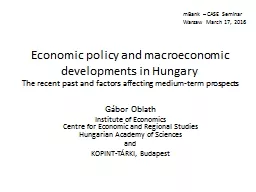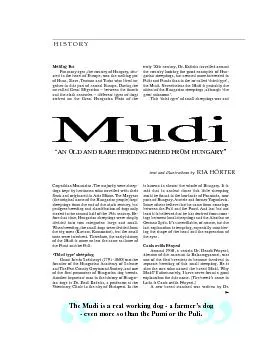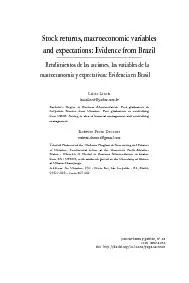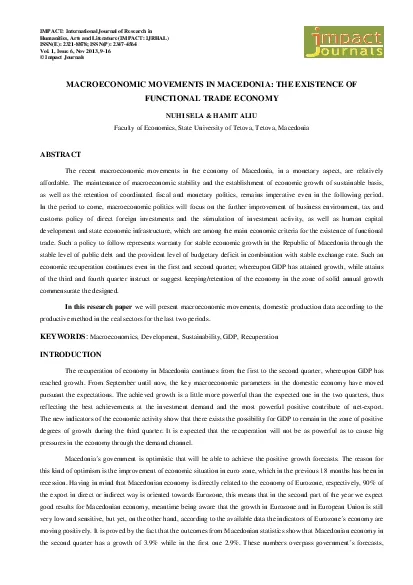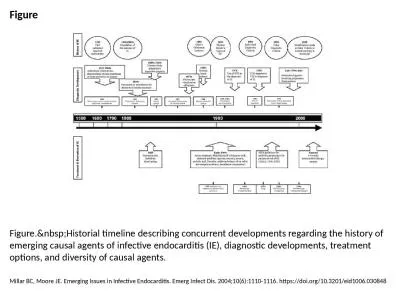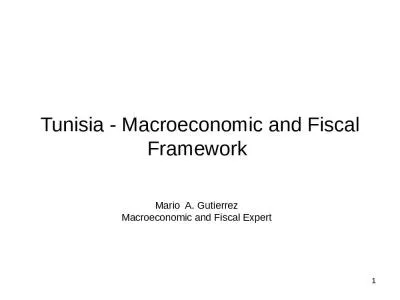PPT-Economic policy and macroeconomic developments in Hungary
Author : marina-yarberry | Published Date : 2017-12-16
The recent past and factors affecting mediumterm prospects Gábor Oblath Institute of Economics Centre for Economic and Regional Studies Hungarian Academy of Sciences
Presentation Embed Code
Download Presentation
Download Presentation The PPT/PDF document "Economic policy and macroeconomic develo..." is the property of its rightful owner. Permission is granted to download and print the materials on this website for personal, non-commercial use only, and to display it on your personal computer provided you do not modify the materials and that you retain all copyright notices contained in the materials. By downloading content from our website, you accept the terms of this agreement.
Economic policy and macroeconomic developments in Hungary: Transcript
Download Rules Of Document
"Economic policy and macroeconomic developments in Hungary"The content belongs to its owner. You may download and print it for personal use, without modification, and keep all copyright notices. By downloading, you agree to these terms.
Related Documents

